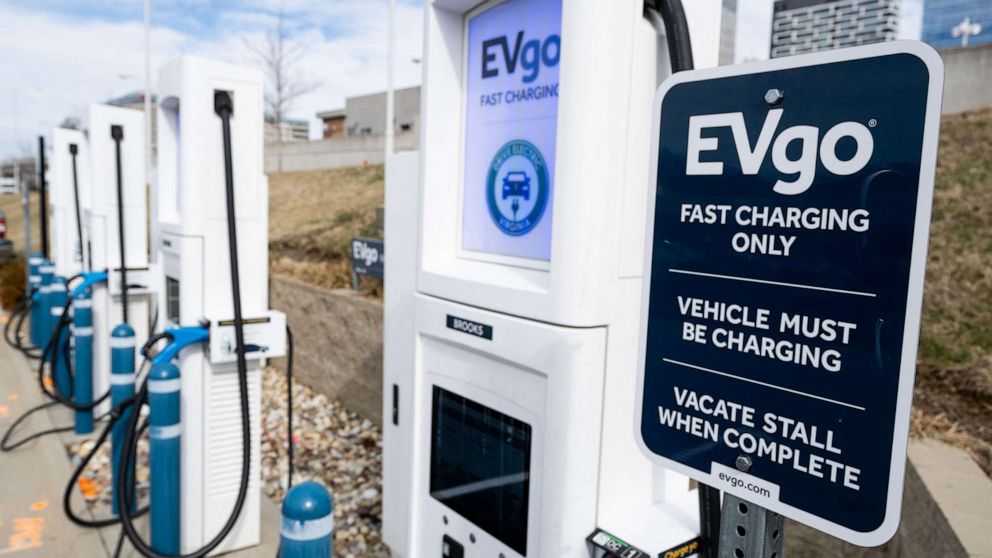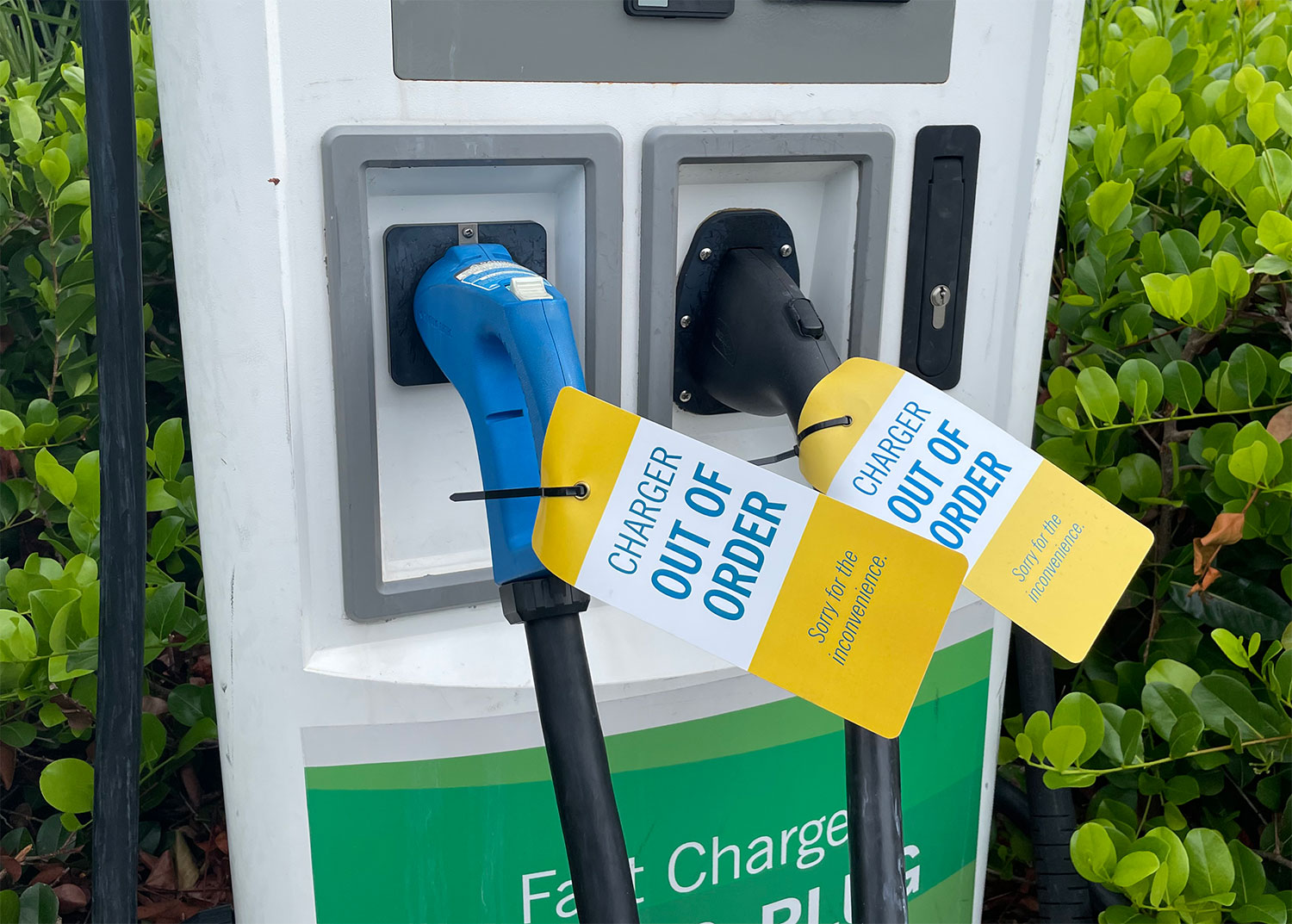Everything You Should Know Before You Decide to Buy EV Charging news
Everything You Should Know Before You Decide to Buy EV Charging news
Blog Article
Top EV Charging Information: Key Updates on Facilities and Innovation

Recent Advancements in Fast-Charging Technology

In addition, improvements in battery technology, consisting of enhanced thermal management systems and greater energy density batteries, enhance fast-charging abilities. These advancements mitigate the risk of battery degradation throughout rapid charging, guaranteeing longevity and efficiency for EV owners.
Furthermore, the integration of wise charging remedies is boosting individual experience, allowing real-time surveillance and dynamic rates designs. EV Charging news. This versatility allows motorists to optimize billing times and costs based upon grid demand
As car manufacturers continue to purchase fast-charging networks, the collaboration between market stakeholders is vital. Partnerships between billing terminal companies and automobile suppliers are leading the way for considerable protection, ultimately promoting an extra robust EV ecological community. These developments are pivotal in supporting the transition to lasting transportation.
Federal Government Campaigns for Charging Growth
Federal government initiatives play a crucial role in the expansion of electrical automobile (EV) billing facilities, assisting in the transition to sustainable transportation. Different federal and state programs are being executed to enhance charging ease of access, reduce the monetary concern on consumers, and advertise the adoption of electrical vehicles.
Especially, the united state federal government has alloted significant funding via the Facilities Investment and Jobs Act, which sets aside $7.5 billion for EV charging network development throughout the country. This financing is targeted at deploying thousands of brand-new billing stations, specifically in underserved areas, thus dealing with range anxiety amongst possible EV buyers.
In addition, numerous states are establishing legislation to streamline the allowing procedure for billing station setups, which is critical for speeding up deployment. Rewards such as tax obligation credit scores and discounts for both customers and businesses are also being presented to motivate the installment of charging infrastructure.
In addition, public-private partnerships are significantly ending up being an emphasis, leveraging private financial investment to enhance government financing. These initiatives emphasize a collective approach important for developing a effective and thorough EV charging network, inevitably adding to a greener and even more lasting future.
Innovative Battery Solutions Enhancing Efficiency
Transforming the landscape of electrical car (EV) modern technology, innovative battery options are significantly improving effectiveness and efficiency. Advancements in battery chemistry, specifically with lithium-sulfur and solid-state batteries, are resulting in boosted energy thickness, which permits longer arrays and faster billing times. These brand-new battery kinds have the prospective to outshine standard lithium-ion batteries by providing greater capacities while lowering weight, thereby enhancing total lorry performance.
Furthermore, advancements in battery management systems (BMS) are enhancing power usage and prolonging battery life expectancy. Smart formulas keep an eye on battery wellness and performance, enabling real-time changes to billing and discharging procedures. This not only enhances the efficiency of the battery yet additionally guarantees a much more trusted and lasting power source for EVs.
Furthermore, the assimilation of reusing modern technologies is resolving the environmental influence of battery manufacturing and disposal. Innovations in second-life applications for EV batteries are facilitating their use in power storage systems, adding to a circular economic climate.
As these cutting-edge battery solutions proceed to progress, they assure to transform the EV market, making electrical vehicles more appealing and obtainable to a wider audience while supporting international sustainability goals.

Collaboration Between Automakers and Charging Networks
Recognizing the vital need for a durable charging facilities, automakers are progressively teaming up with charging network suppliers to boost the EV possession experience (EV Charging news). These partnerships intend to create a seamless charging ecosystem that profits consumers and supports the change to electrical automobiles
Major vehicle image source brands are joining pressures with well-known billing networks to broaden their charging terminal coverage, making certain vehicle drivers have access to trusted and convenient charging choices. For instance, collaborations with networks like ChargePoint and Electrify America enable automakers to integrate billing solutions directly into their vehicles' navigation systems, guiding individuals to the nearest stations and supplying real-time availability updates.
Additionally, these collaborations typically lead to the development of fast-charging technologies that dramatically decrease the time needed to reenergize an EV. By pooling resources and knowledge, automakers and charging networks can innovate quicker, producing solutions that fulfill the growing need for electric flexibility.
Additionally, joint efforts might additionally cause more standardized billing procedures, which can relieve customer complication and promote wider EV fostering. Generally, these calculated partnerships are crucial in building a straightforward and efficient billing facilities that fulfills the requirements of a broadening electrical automobile market.
Challenges Dealing With EV Billing Facilities
As the electrical lorry market continues to expand, numerous challenges are appearing that prevent the development of a comprehensive billing infrastructure. Among the main obstacles is the inadequate variety of billing terminals, specifically in rural and underserved metropolitan areas. This gap creates range stress and anxiety among potential EV buyers, preventing them from making the button.
Furthermore, the absence of standardization accountable modern technology complicates the facilities landscape. Variations in plug kinds and charging speeds can produce complication for users and boost operational complexities for billing network operators. The combination view it of charging terminals into existing electric grids presents significant difficulties. Several areas encounter capacity limitations, requiring significant investments in grid upgrades to suit raised need.
An additional pressing problem is the high cost related to the setup and maintenance of charging terminals, which can be an obstacle for both public entities and private businesses. Regulatory hurdles and zoning limitations can delay the deployment of charging facilities, restraining progression in broadening crucial solutions. Addressing these obstacles will be essential for cultivating a durable EV ecological community that supports the shift to sustainable transport.
Verdict
Finally, the continuous improvements in EV billing innovation, supported by significant government campaigns and cutting-edge battery options, are critical for the expansion and effectiveness of electric automobile framework. Partnerships in between automakers and billing providers further enhance station insurance coverage, addressing the expanding need for easily accessible charging alternatives. Regardless of difficulties that linger within the EV charging landscape, these advancements represent a favorable trajectory towards a more sustainable and effective electrical vehicle ecosystem.
Innovations in billing framework have actually led to the development of ultra-fast chargers qualified of providing official site up to 350 kW of power, significantly minimizing billing times. Variations in plug types and charging speeds can create complication for customers and increase functional complexities for billing network operators.In final thought, the continuous advancements in EV billing modern technology, sustained by substantial federal government initiatives and cutting-edge battery solutions, are critical for the development and performance of electric lorry infrastructure. Collaborations in between automakers and billing carriers further enhance terminal protection, addressing the growing demand for accessible charging options. In spite of challenges that persist within the EV billing landscape, these advancements symbolize a favorable trajectory towards a more effective and sustainable electrical lorry ecosystem.
Report this page